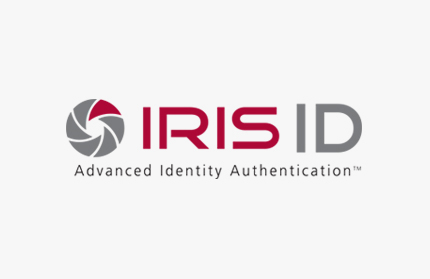Pilot project aimed at identifying and apprehending foreigners with expired visas
Cranbury, N.J., USA – Jan. 19, 2016 – Iris ID, a leading provider of iris biometric technology, today announced its participation in a U.S. Customs and Border Protection (CBP) project testing a biometric solution to identify certain non-U.S. citizens entering and exiting the country through pedestrian lanes of a busy Southern California port of entry.
The pilot project at the Otay Mesa port of entry will record and match entry and exit records, while helping protect travelers’ identities against theft. It applies to foreigners when applying for U.S. visas and other travel documents and is designed to meet recommendations of the 9/11 Commission and Congressional mandates. The six-month pilot is being conducted at one of the busiest U.S.-Mexico land border entries with between 8,000 and 9,000 pedestrians crossing northbound daily.
Six kiosks, equipped with fully-automatic Iris ID iCAM D1000 iris-face capture systems, have been installed at the border to create photo records of the iris, the colored part of the human eye, of non-U.S. citizens. Then as they subsequently cross the border, Iris ID readers will match their irises against those on record.
If the pilot proves successful, the automated process may be expanded to other border crossing stations. No biometric data will be requested of U.S. citizens crossing the border in either direction.
Charles Koo, president and chief executive officer of Iris ID, said iris-identification has proven to be more accurate than fingerprint or facial recognition technologies and can be used by people wearing glasses or contact lenses.
“Our iCAM D1000 and its core technology, commercially available since 1997, has been deployed at border crossings worldwide and has shown exceptional performance,” he said
Iris ID has integrated its technology with Portugal-based Vision-Box to create the project’s kiosks. Pedestrians using the system stand about 30 inches away from the readers, making the process hygienically safe and non-intrusive.
“This is not like fingerprint scans that involve physically touching a reader,” Koo said. “Nor should it be confused with retina scanning, which requires very close proximity to the camera optics. Iris recognition is simply a digital photo using very low power near invisible infrared illumination. Iris scans are more comfortable and less invasive than conventional flash photography. Also, iris-based systems are no more intrusive than facial recognition technology.”
Iris ID has been working with the CPB and the Department of Homeland Security’s Office of Biometric Identity Management (OBIM) for more than two years. Iris scans from the Otay Mesa project will be collected by the border patrol and stored in an OBIM database for subsequent matching. The OBIM’s iris data repository also uses Iris ID quality assessment and matching technology.
According to the CPB, any images taken during the pilot will not be retained nor shared with any other government or private organization.
About the U.S. Customs and Border Protection
U.S. Customs and Border Protection is the unified border agency within the Department of Homeland Security charged with the management, control and protection of our nation’s borders at and between the official ports of entry. CBP is charged with keeping terrorists and terrorist weapons out of the country while enforcing hundreds of U.S. laws.
About Iris ID Systems Inc.
Iris ID Systems Inc., formerly a division of LG Electronics USA known as LG IRIS, has been active in iris recognition research, development and production since 1997. Today U.S.-based Iris ID Systems is a global player in the iris recognition business. IrisAccess® is the world’s leading deployed iris recognition platform and in thousands of locations authenticating the identities of millions and millions of persons. More people look to IrisAccess for iris-based authentication than to all other iris recognition products combined. For more information, visit www.irisid.com.

